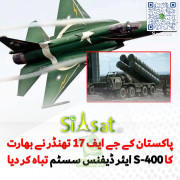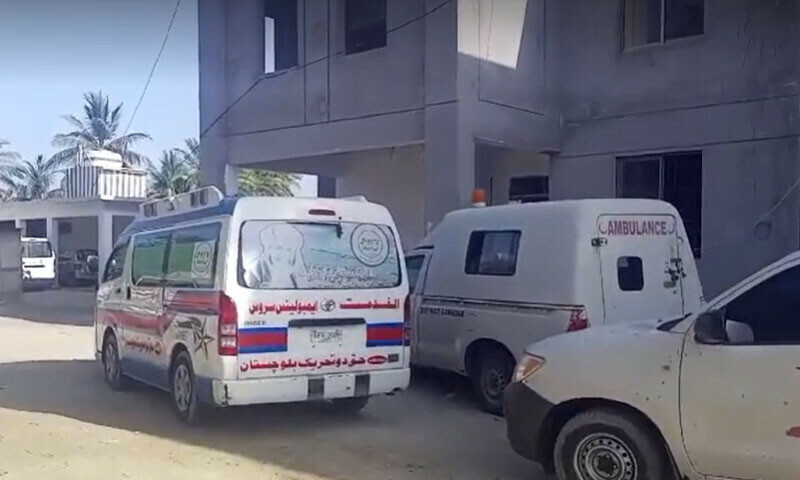C
commander
Guest
Rental power vs IPPs
http://www.thenews.com.pk/daily_detail.asp?id=193225
Sunday, August 16, 2009
Dr Farrukh Saleem
1. Independent Power Producers (IPPs) take anywhere from two to five years to begin generating power while Rental Power Producers (RPPs) can be set up in less than a year.
2. The cost of electricity from RPPs stands at Rs14.65 per kilowatt hour while the cost of electricity from new IPPs is Rs11.77 per kilowatt hour.
3. As far as the cost of electricity is concerned, RPPs are 24 per cent more expensive than IPPs.
4. A typical second-hand, used 100 MW RPP sells in China for around $15 million while a brand-new 100 MW IPP by a reputable manufacturer costs around $100 million.
5. IPPs are mostly financed by foreign financial entities while the government is pressurising local banks and development finance institutions to finance RPPs.
6. Karkay Rental Power is the only RPP that is brand-new and is being financed by Turkish sources.
7. RPPs are paid a 'rent' that becomes a sunken cost while IPPs are under contract to handover their plants to the government after 30 years at a cost of Re1.
8. RPPs are being offered a 'machinery mobilisation advance' which is equivalent to a payment of 14 per cent of their five-year rental while IPPs are given no such advance.
9. IPPs are mostly brand-new while most RPPs are used, second-hand generators (up to 60,000 hours old).
10. IPPs come with warranties and performance guarantees while most RPPs are without warranties and performance guarantees.
11. RPPs run at an efficiency level of around 37 per cent while IPPs run at an efficiency level of around 45 per cent.
12. The government is bent upon extracting Rs214 billion from Pakistani financial institutions to finance RPPs while most banks consider RPPs as 'non-bankable' proposals.
13. Large network Pakistani banks -- including Habib Bank, MCB Bank Limited, United Bank Limited and Allied Bank of Pakistan -- are not prepared to finance used RPPs in absence of manufacturer warranties and performance guarantees (Sheikh Al Nahayan and Mian Mohammad Mansha, the owners of United Bank Limited and MCB Bank Limited, respectively, are both setting up their own IPPs).
14. In case of IPPs, the Private Power and Infrastructure Board (PPIB) derives a tariff that is based on project cost while in case of RPP tariff is not based on project cost.
15. The PPIB requires all IPPs to disclose detailed project costs while there is no such requirement for RPPs.
16. Annual fuel payment for a typical 200 MW RPP amounts to $211 million while the same for an IPP amounts to $174 million -- a difference of $37 million a year or Rs3 billion a year per RPP.
17. Annual capacity payment for a typical 200 MW RPP amounts to $79 million while the same for an IPP amounts to $60 million -- a difference of $19 million a year or Rs1.5 billion a year per RPP.
18. If the PPIB brings in 1,900 MW of rental power Pakistan will end up paying $2 billion a year in annual fuel payments.
19. If the PPIB brings in 1,900 MW of rental power Pakistan will end up paying $750 million a year in annual capacity payments.
20. RPPs are a $3 billion a year question.
The writer is the executive director of the Centre for Research and Security Studies (CRSS).
Email: [email protected]
http://www.thenews.com.pk/daily_detail.asp?id=193225
Sunday, August 16, 2009
Dr Farrukh Saleem
1. Independent Power Producers (IPPs) take anywhere from two to five years to begin generating power while Rental Power Producers (RPPs) can be set up in less than a year.
2. The cost of electricity from RPPs stands at Rs14.65 per kilowatt hour while the cost of electricity from new IPPs is Rs11.77 per kilowatt hour.
3. As far as the cost of electricity is concerned, RPPs are 24 per cent more expensive than IPPs.
4. A typical second-hand, used 100 MW RPP sells in China for around $15 million while a brand-new 100 MW IPP by a reputable manufacturer costs around $100 million.
5. IPPs are mostly financed by foreign financial entities while the government is pressurising local banks and development finance institutions to finance RPPs.
6. Karkay Rental Power is the only RPP that is brand-new and is being financed by Turkish sources.
7. RPPs are paid a 'rent' that becomes a sunken cost while IPPs are under contract to handover their plants to the government after 30 years at a cost of Re1.
8. RPPs are being offered a 'machinery mobilisation advance' which is equivalent to a payment of 14 per cent of their five-year rental while IPPs are given no such advance.
9. IPPs are mostly brand-new while most RPPs are used, second-hand generators (up to 60,000 hours old).
10. IPPs come with warranties and performance guarantees while most RPPs are without warranties and performance guarantees.
11. RPPs run at an efficiency level of around 37 per cent while IPPs run at an efficiency level of around 45 per cent.
12. The government is bent upon extracting Rs214 billion from Pakistani financial institutions to finance RPPs while most banks consider RPPs as 'non-bankable' proposals.
13. Large network Pakistani banks -- including Habib Bank, MCB Bank Limited, United Bank Limited and Allied Bank of Pakistan -- are not prepared to finance used RPPs in absence of manufacturer warranties and performance guarantees (Sheikh Al Nahayan and Mian Mohammad Mansha, the owners of United Bank Limited and MCB Bank Limited, respectively, are both setting up their own IPPs).
14. In case of IPPs, the Private Power and Infrastructure Board (PPIB) derives a tariff that is based on project cost while in case of RPP tariff is not based on project cost.
15. The PPIB requires all IPPs to disclose detailed project costs while there is no such requirement for RPPs.
16. Annual fuel payment for a typical 200 MW RPP amounts to $211 million while the same for an IPP amounts to $174 million -- a difference of $37 million a year or Rs3 billion a year per RPP.
17. Annual capacity payment for a typical 200 MW RPP amounts to $79 million while the same for an IPP amounts to $60 million -- a difference of $19 million a year or Rs1.5 billion a year per RPP.
18. If the PPIB brings in 1,900 MW of rental power Pakistan will end up paying $2 billion a year in annual fuel payments.
19. If the PPIB brings in 1,900 MW of rental power Pakistan will end up paying $750 million a year in annual capacity payments.
20. RPPs are a $3 billion a year question.
The writer is the executive director of the Centre for Research and Security Studies (CRSS).
Email: [email protected]






























